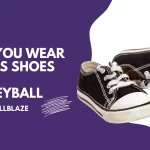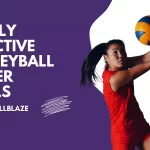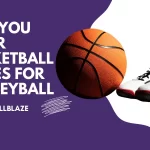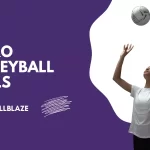Many volleyball players would undoubtedly agree if you asked them which play during a match is the most important.
There are some who might say side out. The attack might have been described by others as.
While some will argue that the service is the most vital opportunity in volleyball, others will disagree. Serving is unquestionably important, regardless of your position.
Play begins with it, and it is the impetus for every point. In order to create a great scoring chance, you must have a good server who can place the ball in a position that puts pressure on your opponent’s passing ability.
In this article, we will discuss how consistent serving helps win matches, the different types of serves used in volleyball, and viable places to serve.
It’s Important to Serve Consistently
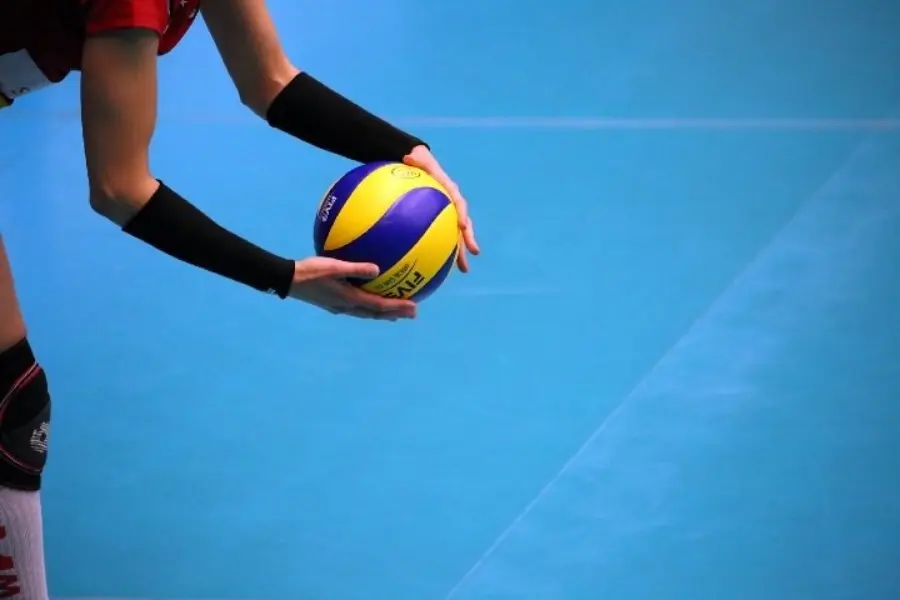
One of the key factors to keep teams competitive is consistency in serving. Unreliable serving will make it difficult for any team to compete.
In order to serve well, you need to do two things:
The first benefit is that it allows your team to attack and defend with the ball in play.
A serve that puts a serve in play is as valuable as an ace (one that contacts the ground or is poorly handled by the first passer).
Your opponent’s mentality is also impacted by good, consistent serves.
In the case of an unreliable server, confidence rests with the serve-receive side of the network. In contrast, if you have a talented server who gets the ball in play every time, it’s all up to the receiving team to handle the pressure.
You should base your serve strategy on the principle that consistency is the most important factor, followed by accuracy, then power. The rule will be discussed later in our coaching tips, but consistency is the key to a successful volleyball team.
You may enjoy reading Best Volleyball Rebounders
What Are The Components Of Serving In Volleyball?
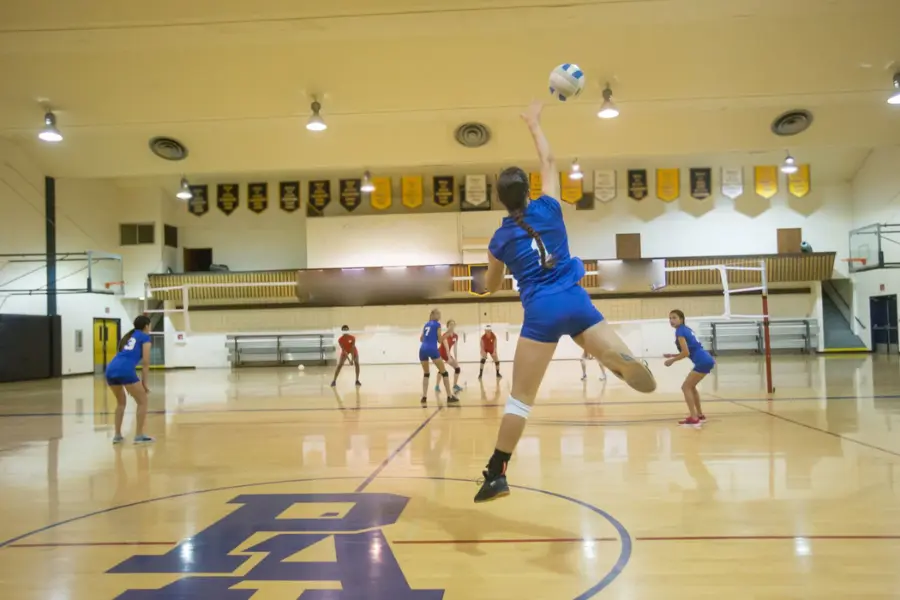
Regardless of the type of serve, a good serve should combine good technique and a good toss. Reviewing quickly:
Stance
Standing slightly angled to the ball with a high elbow should remind you of spiking technique.
Contact
With a float serve, it is important to make contact with the ball as flat as possible with little spin, while with a topspin serve, the spin is generated by technique in order to provide control and accuracy.
Tossing
Throw the ball in front of you, moving through it and onto the court. Tosses for float serves should be lower than those for topspin serves. The low-to-high motion needed to get the ball over the net must be maintained just below the apex of your swing. There is a sweet spot for everyone, so practice different tosses until you find yours.
Creating a routine is a good idea if you haven’t already done so. You don’t have to do anything obvious, it just has to work for you. It could be as simple as bouncing the ball or picturing something mentally; whatever works for you.
Routine helps you perform consistently under pressure by linking serving in practice to serving in matches. If you don’t incorporate your routine and serve seriously during practice, you’ll revert to your practice form when you play matches.
You may enjoy reading Best Volleyball Nets
Types of Serves in Volleyball
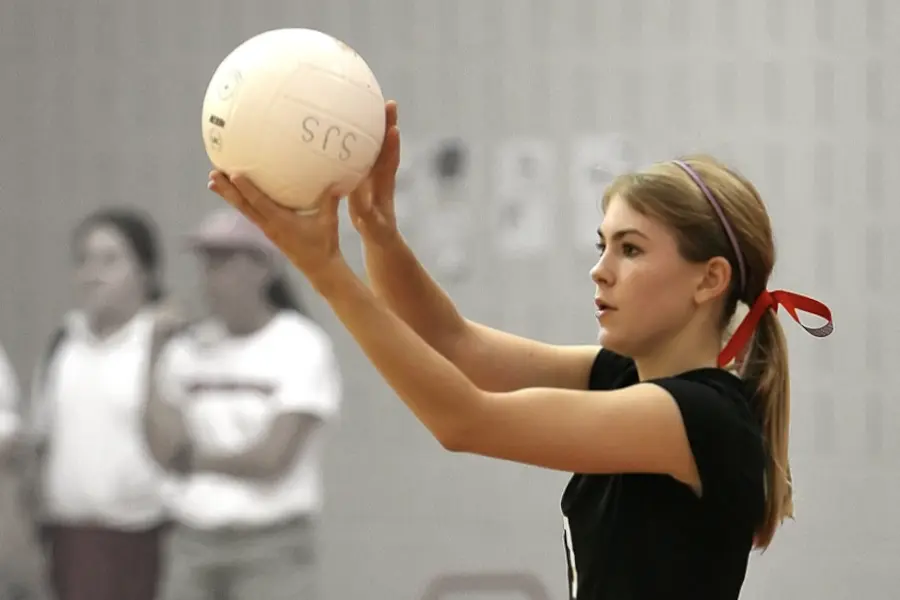
Depending on your skill level and competitive situation, there are different types of volleyball serves. The underhand serve is the most common among beginners because it is the simplest to learn.
Volleyball competitively uses three types of overhand serves: floaters, topspins, and jump serves. You should try all three to find out which suits you best, but you should become proficient in them all.
Underhand Serve
Volleyball players mainly use this serve for recreational purposes. Unlike other types of serves, it does not require a high level of skill or coordination. The ball is held in the opposite hand with one foot stepped back. As you hit the ball, shift your weight forward with your other hand fisted and strike it just below the ball’s center (or equator).
Overhand Serves
Overhand serves are most common in high school and college competitive volleyball, and topspin and float are the two most common types.
You begin an overhand serve by putting your dominant foot back and holding the ball in your non-dominant hand. Once you get the ball to your hitting hand, you throw it up. You can create different types of overhand serves depending on how you hit it. There are three main differences between overhand serves the server’s body position, where the ball is contacted, and the follow-through.
Floater
A Float serves or floaters don’t spin. There is nothing more difficult to pass than a floater since it moves in unpredictable ways. If a float serve catches the air, it might move unexpectedly to the right or to the left or it might drop suddenly.
You hit a floater by hitting behind the middle of the ball with your hand in front of your body. There is a partial follow-through of the arm. Your goal is to ensure the ball does not spin by hitting directly behind it.
Topspin
A From the top, the topspin serve spins rapidly forward. As a result of its fast speed and rapid drop, this serve can be difficult to handle and pass than a floater because of its predictable movement.
Serving topspin means tossing the ball higher, stepping under it, and striking it downward and outward in a downward motion. With a wrist snap, the arm follows all the way through.
Jump Serve
Jump serves are more advanced and use an even higher toss several feet in front of the server. Your approach is more attack-oriented, jumping and hitting the ball with your heel while in the air. When you serve this way, you hold your palm facing the target while keeping your wrist stiff.
This serve is very difficult to handle because of the extra motion of jumping. A disadvantage of all that extra motion is that it can lead to a higher rate of serving errors. There is a possibility of jumping-serving a floater, but most jump serves come with topspin.
You may enjoy reading Best Volleyball Serving Machines
Serving Location
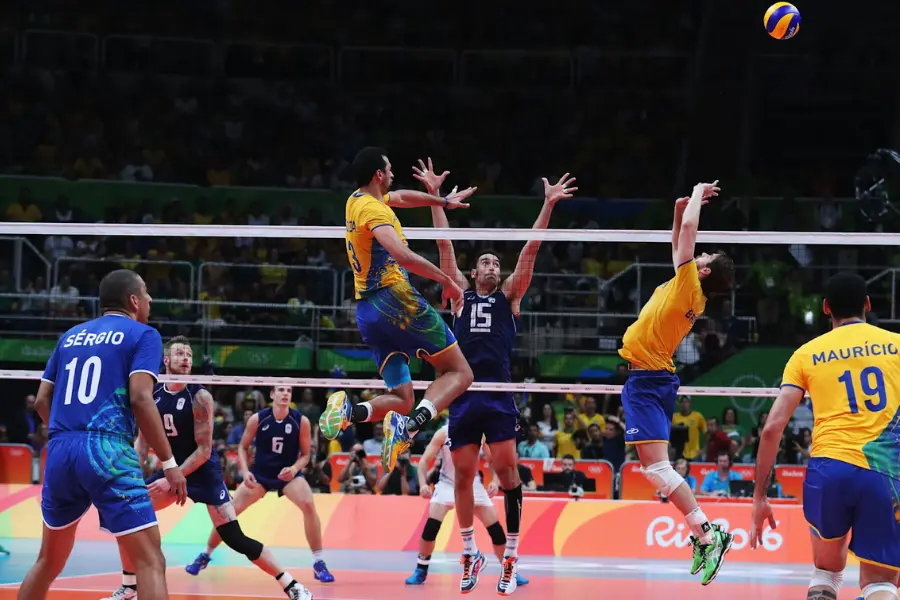
Taking advantage of your team’s consistent, flexible service is possible through thousands of strategies.
You can improve your serving success rate by taking advantage of location in the following ways:
Hit it hard to the middle soft spot
This is an attempt to capitalize on indecision. Balls with pace between two players are difficult to pass effectively if they cannot communicate quickly enough.
Down the line
Good serves down the line require deception. Using your eyes and hand placement to direct the ball toward the line is a good method of coaching players.
Misdirection off-court
By contacting the ball and following through outside of the center, guide the ball to the opposite side of the court from the server.
Slow it down
Hard serves are almost always anticipated by serve receivers. Several hard serves can be served in succession followed by a slow version, such as a floater.
Overhead deep shot
Most teams focus on finding gaps in front of passers while ignoring the open space behind serve receivers. Attack this area if a team leaves it open. To see if passers can reach this area in time, you can send a float serve or a serve with more pace.
It’s effective and challenging
As the player jumps, he appears to be preparing to hit a fast-paced serve over the net. By reducing the speed of a jump serve, it tends to confuse serve receivers and reduce the likelihood of a return attack.
Fly it high
As it comes down from space like a meteor, the “sky ball” is a disorienting serve. Against teams that have been able to return serves successfully throughout the match, this serve can be effective. It’s possible to get your serving efficiency back on track by combining rarity and odd angles.
You may enjoy reading What is a Defensive Specialist in Volleyball?
Quick Coaching Tips for Serve Strategies
Your team might benefit from implementing the 80-90-100 rule we mentioned earlier.
Servers can follow this roadmap essentially as a guideline.
- 80% power on the first serve
- 90% power on the second serve
- 100% power on the third serve
The servers who follow this principle are more accurate since they are not tempted to send their first serve of the game or match through the wall.
During the match, servers can alternate between 80-90-100, 90-100-80, and 80-100-90 as their confidence grows.
By not approaching every serve with maximum speed, they will keep their opponent on edge.
Younger teams who tend to try and max out all the time can benefit from the 80-90-100 principle.
It is far more likely that a player will serve the ball in play if they tell themselves, “I don’t have to hit this as hard as I can.”.
FAQs
How can I improve my serving accuracy?
Technique must be focused on and practiced consistently. For personalized tips, consider consulting a coach.
Which serve is most effective for beginners?
For beginners, the underhand serve is a great starting point because of its simplicity and emphasis on control.
Are jump serves suitable for all players?
Skill and athleticism are required for jump serves. Prior to incorporating their abilities into their game, players should assess their abilities.
What’s the secret to a powerful topspin serve?
Developing your spin mechanics is the key to a powerful topspin serve. Maintain good wrist snaps by practicing regularly.
How can I keep my serves unpredictable?
Make your game more interesting by incorporating a variety of serves. By changing your technique, you can disguise your intentions.
Conclusion
Every volleyball match begins with a serve. Putting your opponent on its heels with a good serve is crucial in today’s game. It is impossible to win volleyball games relying on side outs.
Build a team that has consistent serving, can place the ball in different parts of the court, and understands that not all serves need to be perfect.
You may enjoy reading Best Volleyball Knee Pads

